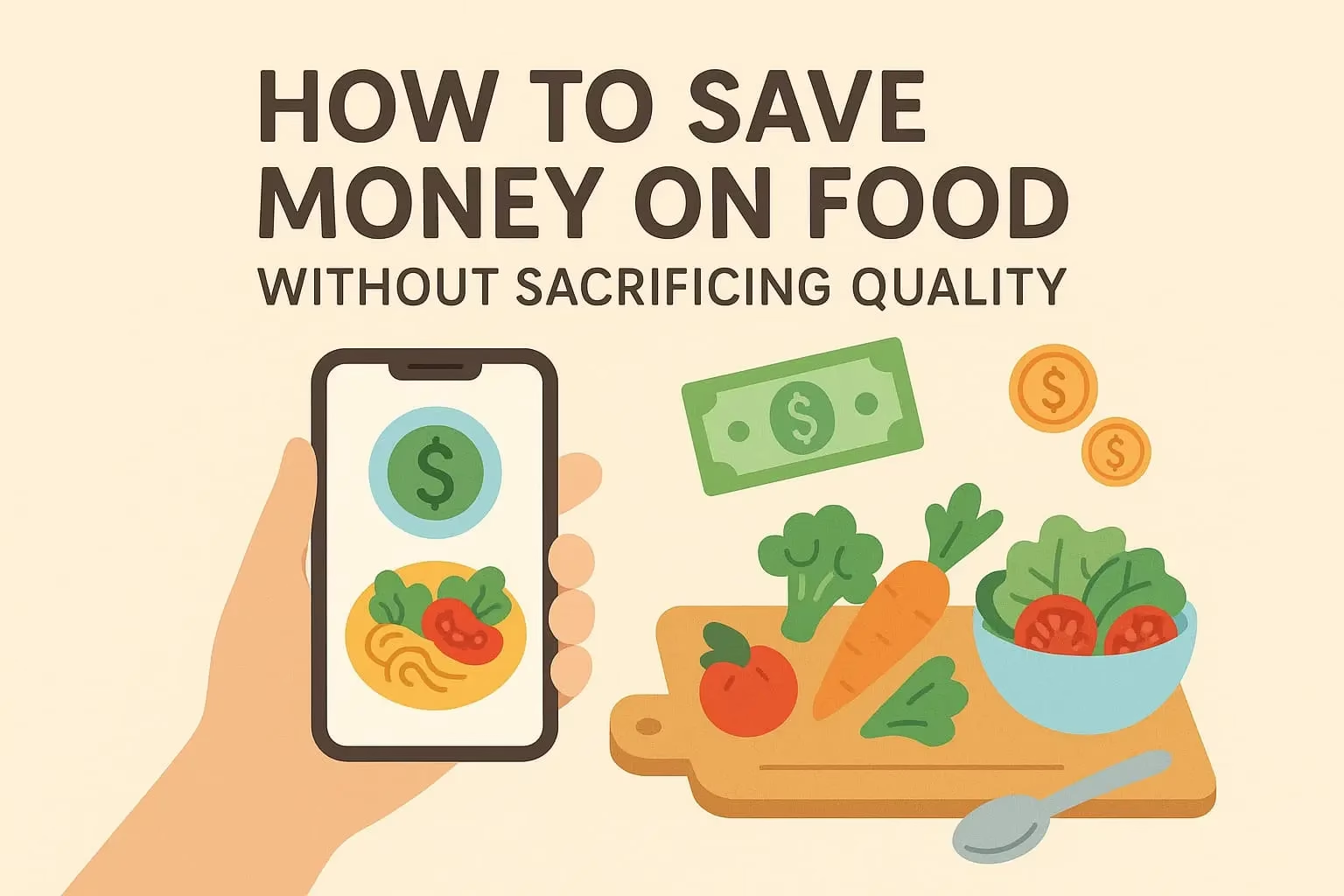Have you ever opened your fridge to find wilted greens, mushy berries, or slimy herbs? You’re not alone. Food waste — especially fresh fruits and vegetables — is a common (and expensive) problem in most households.
But with just a few simple storage techniques, you can make your produce last longer, reduce waste, and save money. In this guide, you’ll learn how to properly store popular fruits and vegetables to keep them fresher for days — or even weeks.
Why Produce Goes Bad So Fast
There are several reasons fresh food spoils quickly:
- Excess moisture → promotes mold and rot
- Ethylene gas → a natural ripening gas that can cause nearby produce to spoil
- Incorrect temperature → too cold or too warm accelerates decay
- Poor airflow → can trap humidity and lead to spoilage
By understanding how different produce items behave, you can store them smarter.
General Produce Storage Tips
✅ Don’t wash produce until you’re ready to use it
Excess moisture speeds up spoilage — especially in leafy greens and berries.
✅ Use breathable containers
Paper towels, mesh produce bags, or ventilated bins help with airflow.
✅ Store fruits and vegetables separately
Many fruits emit ethylene gas (like apples and bananas), which can make veggies spoil faster.
How to Store Common Vegetables
🥬 Leafy Greens (spinach, kale, lettuce)
- Wrap loosely in a dry paper towel
- Place in a resealable bag or container
- Store in the crisper drawer
- If greens start to wilt, soak them in ice water for 10 minutes to revive
🥕 Carrots
- Remove green tops
- Store in a container of water in the fridge for crispness
- Or wrap in paper towel inside a bag
🥦 Broccoli and Cauliflower
- Wrap loosely in a damp paper towel
- Store in an open plastic bag or reusable produce bag in the fridge
- Use within 4–5 days
🧅 Onions
- Store in a cool, dark, well-ventilated place (not the fridge)
- Keep away from potatoes (they release moisture that speeds decay)
🥔 Potatoes and Sweet Potatoes
- Keep in a dark, dry pantry — not the fridge
- Avoid storing in plastic bags
- Don’t store near onions
🍄 Mushrooms
- Keep in original paper bag or wrap in paper towels
- Store in the fridge — not in plastic
How to Store Common Fruits
🍌 Bananas
- Keep at room temperature, away from other produce
- To slow ripening, wrap the stems in foil or plastic
- Overripe? Freeze them for smoothies or baking
🍎 Apples
- Store in the crisper drawer — separate from greens
- If you like cold apples, refrigerate
- Keep away from berries or greens to prevent early spoilage
🍇 Grapes
- Do not wash before storing
- Keep in a breathable bag in the fridge
- Rinse just before eating
🍓 Berries (strawberries, raspberries, blueberries)
- Line container with paper towels
- Store in a breathable container or vented basket
- Rinse just before eating
Optional: Soak in a vinegar-water rinse (1:3 ratio) to reduce mold before drying and storing
🍊 Citrus (oranges, lemons, limes)
- Store loose in the fridge crisper drawer
- Lasts for 2–3 weeks
- Can also be stored at room temperature for short periods
🥑 Avocados
- Unripe: leave at room temperature
- Ripe: move to fridge to slow softening
- Cut avocado: rub with lemon juice and cover tightly to reduce browning
What to Keep at Room Temperature
- Tomatoes
- Onions
- Garlic
- Potatoes
- Bananas
- Whole melons (once cut, refrigerate)
These items lose flavor or texture when refrigerated.
Bonus Tips for Making Produce Last Even Longer
1. Freeze What You Can
Many fruits and vegetables can be frozen at their peak:
- Chop and freeze bananas, berries, bell peppers, broccoli, spinach
- Blanch leafy greens before freezing for best texture
2. Revive Limp Veggies
- Soak limp carrots, celery, or greens in ice water for 10–15 minutes to restore crispness
3. Use Produce Before It Spoils
Make stir-fries, soups, or smoothies with veggies or fruit that are near the end of their shelf life.
Storage Tools That Help
- Glass containers with lids — ideal for chopped veggies
- Reusable produce bags — allow airflow and reduce plastic
- Paper towels — absorb moisture and extend life
- Mason jars — great for herbs, chopped produce, or salad storage
Waste Less, Save More
By learning how to store your fresh produce correctly, you’ll spend less at the grocery store, reduce your food waste, and always have fresh ingredients ready for your meals.
Start by choosing just a few of the tips in this guide — your fridge (and your wallet) will thank you!






